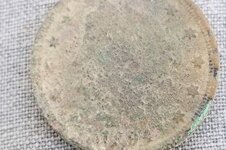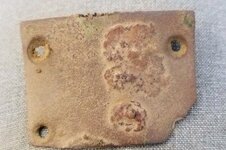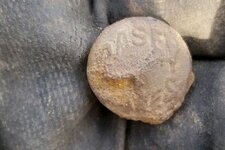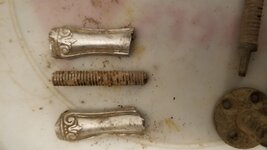Bharpring
Bronze Member
- Dec 29, 2016
- 1,451
- 5,896
- 🏆 Honorable Mentions:
- 3
- Detector(s) used
- XP Deus HF coils, Minelab Equinox 800
- Primary Interest:
- All Treasure Hunting
In general is it better to increase Reactivity (say from 2 to 3) or to increase Frequency (say from 14 kHz to 28 kHz) to hear good targets better when they are in close proximity to iron?











